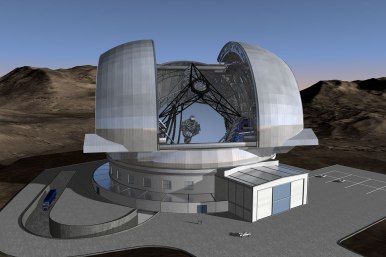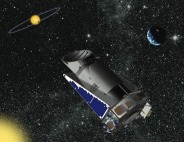As readers of my previous post will no doubt know; the future looks grim for exoplanetary science. Kepler is dead, Hubble will soon follow and we face a long wait before the next generation of planet-hunting instruments. But this week, exoplanet astronomers glimpsed another ray of hope. The next £500million of European Space Agency money looks likely to go to PLATO; an incredible exoplanet-hunting mission set to be even better than Kepler.
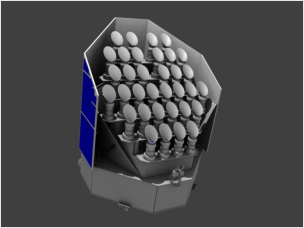
With an array of 34 telescopes mounted on a sun-shield, PLATO hopes to do things a little differently from both Kepler and TESS. Like those missions, it too will monitor thousands of stars looking for the minute dip in light caused by the passage of a planet in front of its parent star. However, it is in both breadth and depth that PLATO excels; with the combined light of dozens of cameras allowing 5% of the sky to be monitored to incredible accuracy at any one time.
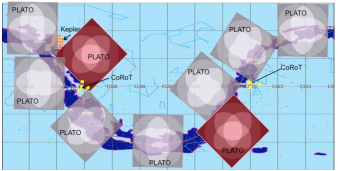
More than a million stars could be scrutinised for Earth-sized planets by Plato, giving an expected planet haul an order of magnitude higher than Kepler. Plato will also not be tied down into staring at the same stars, instead monitoring 50% of the sky on eight 30-day positions and two longer 3-year fields. This will allow dozens of Earth-like planets with potentially habitable temperatures to be discovered.
The main criticism of the now-defunct Kepler mission was the faintness of these stars (between magnitude 7 and 17). This meant the vast majority of its planetary candidates were impossible to follow up and confirm. The wide field and large array of cameras on Plato allow the brightest stars to be monitored (mag 4-16). That will mean even tiny Earth-sized worlds found by Plato can be followed up and confirmed by ground-based telescopes.
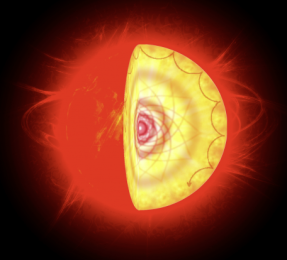
This ability to survey bright stars also allows astronomers to perform extremely sensitive measurements of the stars themselves. By using variations in starlight caused by ripples on the star’s surface, astronomers can accurately pin down not only the size of the star but also the age of the star system. This means, not only can Plato find exoplanets around bright stars, but it can also determine the size and age of many of these planets to a precision only previously dreamed of.
The Transiting Exoplanet Survey Satellite (TESS), to launch in 2017, seems superficially to be a similar mission to Plato. It will potentially discover hundreds of planets before Plato even gets off the ground in 2024. However, the limited sensitivity of its cameras mean it is completely blind to Earth-like worlds around sun-like stars. Astroseismology is also off-limits for TESS, meaning the size of any worlds it does discover will be highly uncertain. Unlike Plato, it will also move between patches of sky every 30 days, allowing only hot, short-period planets to be found.
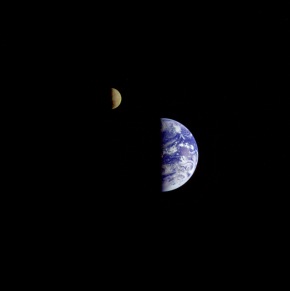
With all other new telescopes, both in space and on the ground, limited to finding super-Earths around small stars, Plato is the only mission on the table truly capable of discovering an Earth-like world around a star like our Sun. And by targeting bright stars that allow atmospheric follow-up, it is not impossible to think that, as well as the first truly habitable planet, Plato could find the first inhabited one too.
However, the decision process for ESA’s Cosmic vision (M3 class) is still ongoing. It would be highly unusual for ESA member states to overturn the mission recommended by the science committee, but in the political cauldron that is ESA anything is possible. If Plato does get through unscathed, it will bring riches not just to the universities, countries and industries involved, but more significantly to the world of science as a whole.
———————————————————————————————————
The paper detailing mission design and expected science results can be found at: http://arxiv.org/abs/1310.0696 . The official ESA mission page has similar information at: http://sci.esa.int/plato/




